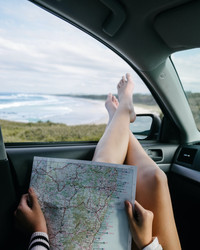7 Tips for Driving in Australia
Posted by Lenny on 5th Oct 2022
Before you head out on your Australian road trip adventure, here are a few tips to keep you safe on journey. The basics of driving in Australia are universal: red means stop, seatbelts, speed limits (KM p/h in Australia), don’t drink and drive, don’t use your phone while driving, and the list goes on. However, there are some things that may differ Australia driving from driving in other countries. The list below will help prepare you for a smooth journey and to keep you safe.
If you need any help booking a campervan then get in touch with us and we will find you the best deal out there.

Contents:
1. Left is Right
Let's start off nice and easy. In Australia they drive on the the left hand side, which is right if you are coming from the UK, India, Japan and many others. But for most of the world, the right is right, alright. Ok, enough confusion. Basically, stick to the left hand side of the road and you will be fine. While you are on any major road with multiple lanes, stick in the left lane unless you are overtaking.
Roundabouts are a thing here, some people come from countries where they don't exist. They are pretty easy to get used to, go left, indicate when you want to exit and take it steady if it's your first time. If you miss your turning don't try and cut across the lanes of traffic, just go round again!
2. Australia is BIG
How big? Pretty much the same as the mainland USA, or almost the same as the whole of Europe! The only major difference here is that there are just 25 million people in Australia, which mainly live around the coastal areas. The center of Australia is sparsely populated, which you might come across another person every few kilometres.
Because a lot of the BIG land mass, and small population, it means you will need to take extra care and plan your journey thoroughly before venturing off the main routes, especially in the outback. You could find yourself driving for hours without even passing another car, never mind finding somewhere to refuel your vehicle. Extra food, water, fuel, satellite phone, a physical map, and a puncture repair kit would be sensible to take with. If the worst case scenario does happen and you break down, stay with your car and do not wander off.

3. Wildlife
Those kangaroo crossing and koala signs are not just a tourist novelty as you might think. Around 5% of roadside fatalities on Australian roads are involving wildlife - mainly from kangaroos and wallabies. Many of the animals are nocturnal, meaning they are more active at night. So be particularly careful in dusk and dawn. Slow down and pay extra attention, especially if you are out in the countryside or the outback. If you are in the cities then you probably can let your guard down a little. Although, there was once a wallaby seen hopping across the harbour bridge - something to keep in mind.
Depending on what part of the country you are in, you will have to be super vigilant. Australia has a abundance of wildlife, for example, camels, kangaroos, emus and koalas, to giant cassowaries in the Daintree area. There have even been crocodiles sighted on roads in the top Northern parts of Australia.
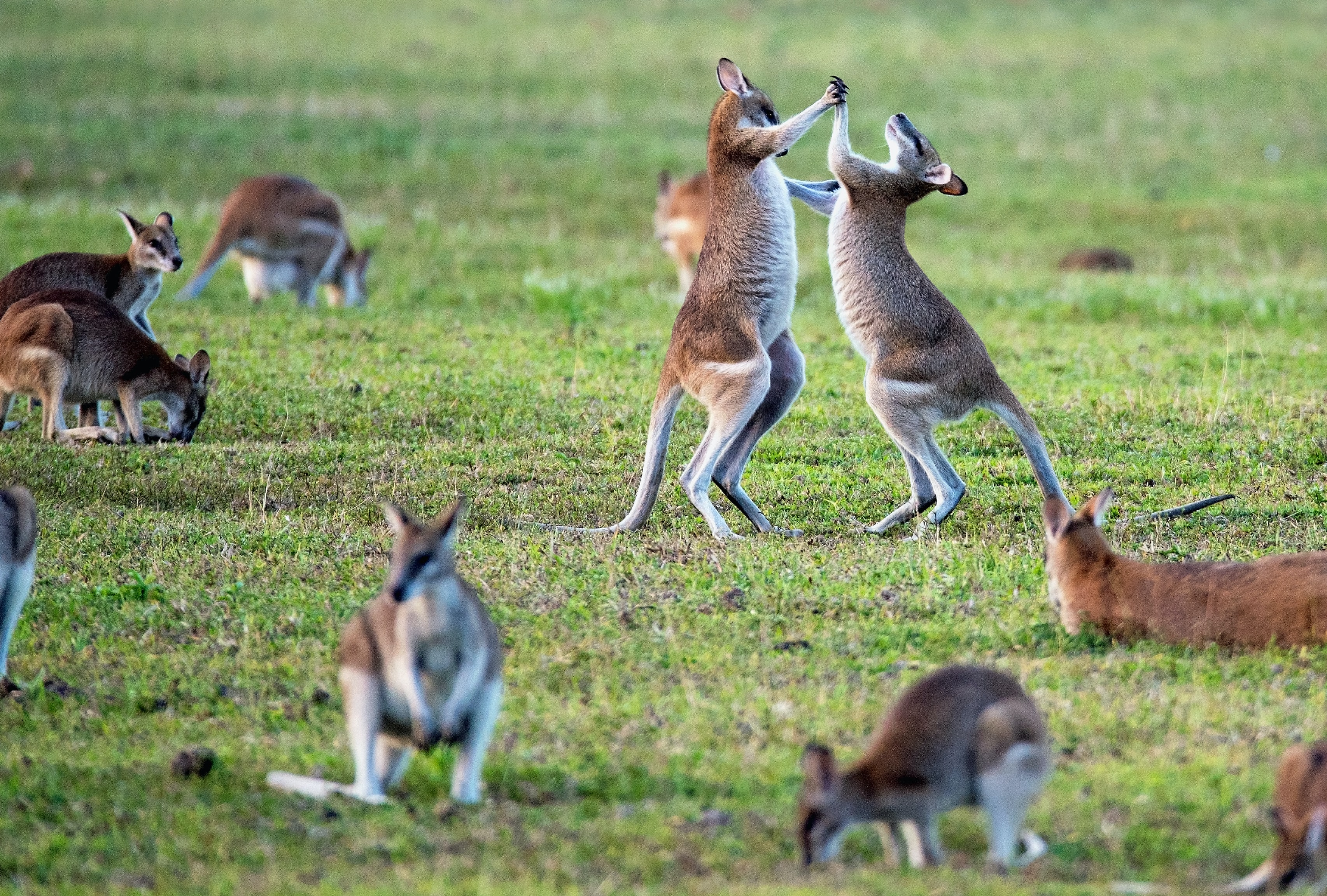
4. Toll Roads
Seems simple right? Go over a toll bridge and use the toll road, or go through the tunnel then stop and pay the fee, and on you go. Not quite like that anymore, unfortunately. Australia has a cashless system on toll roads, which means will you need to be aware of when you are driving on these toll roads. If you do go on them, then it is important that you pay the fees online. So keep an eye out for the signage and pay as soon as you can (and do so safely). If the bill gets sent to your rental company then you will probably end up paying more. Different companies manage different toll roads, but generally you can pay in on one online platform for each city.
All the toll roads are located around Sydney, Brisbane and Melbourne. Fees vary and can even change depending on the time of the day. For example if you want to drive over the iconic Harbour Bridge then you should do it heading out of the city because it's free. Crossing over the Harbour Bridge the other way will cost you $4, depending what time it is.
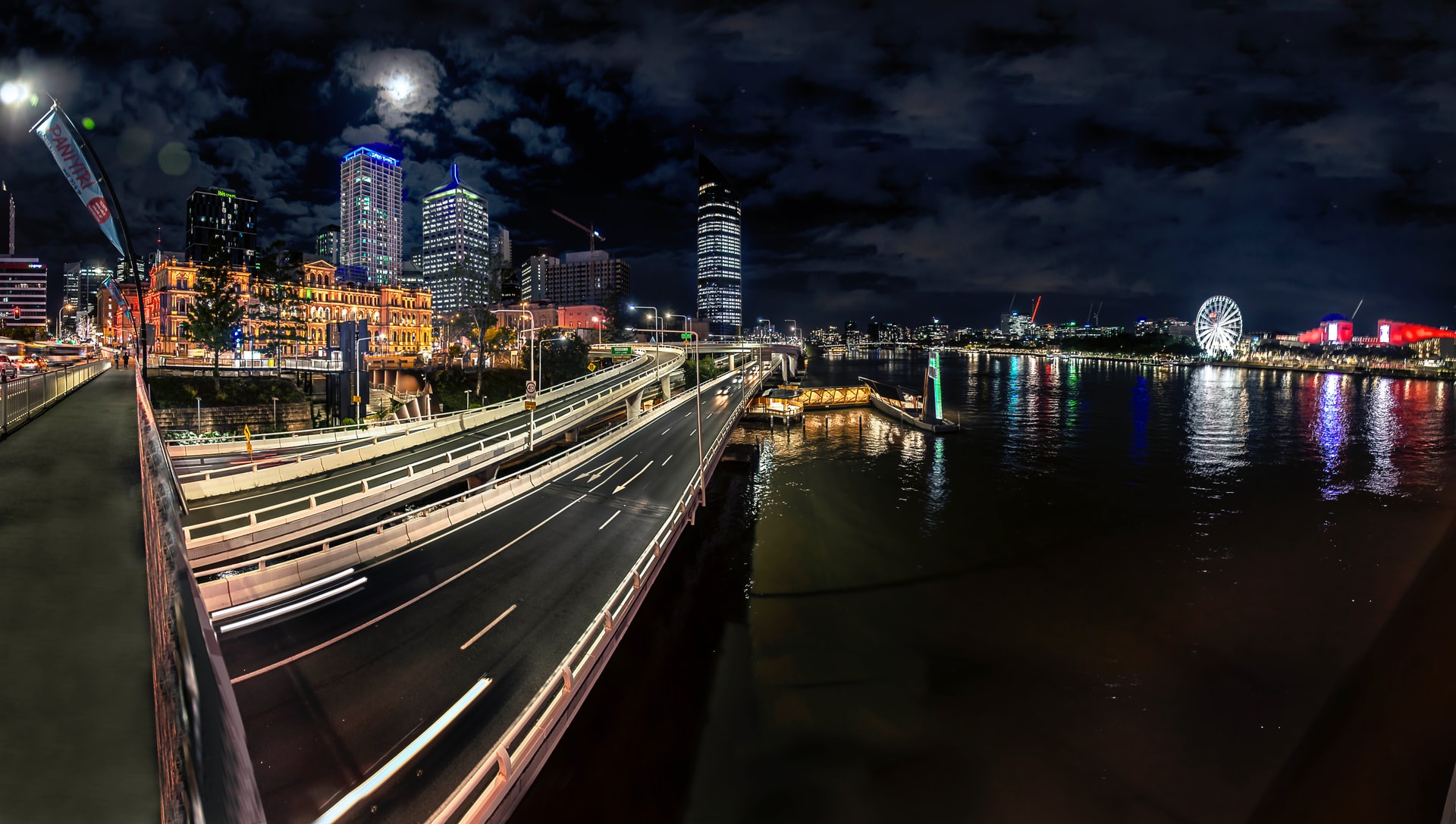
5. Rental Restrictions
Usually you will need to be over 21 to hire a vehicle in Australia. Some companies will let you drive if you are younger, but you may have to pay a larger excess or insurance fee. Talking about insurance, we totally recommend you taking out the highest cover just in case something does happen. The last thing you want is probably losing a huge excess, especially if something wasn’t even your fault.
Other things to check and note with your rental company are whether you can drive your vehicle off road, over the snow line or take it onto one of Australia’s many islands. Some companies will have rules that restrict the time on when you can drive to avoid any animal accidents. If you do hire a 4WD vehicle, it is best to check with your rental company to see where you can and cannot go.
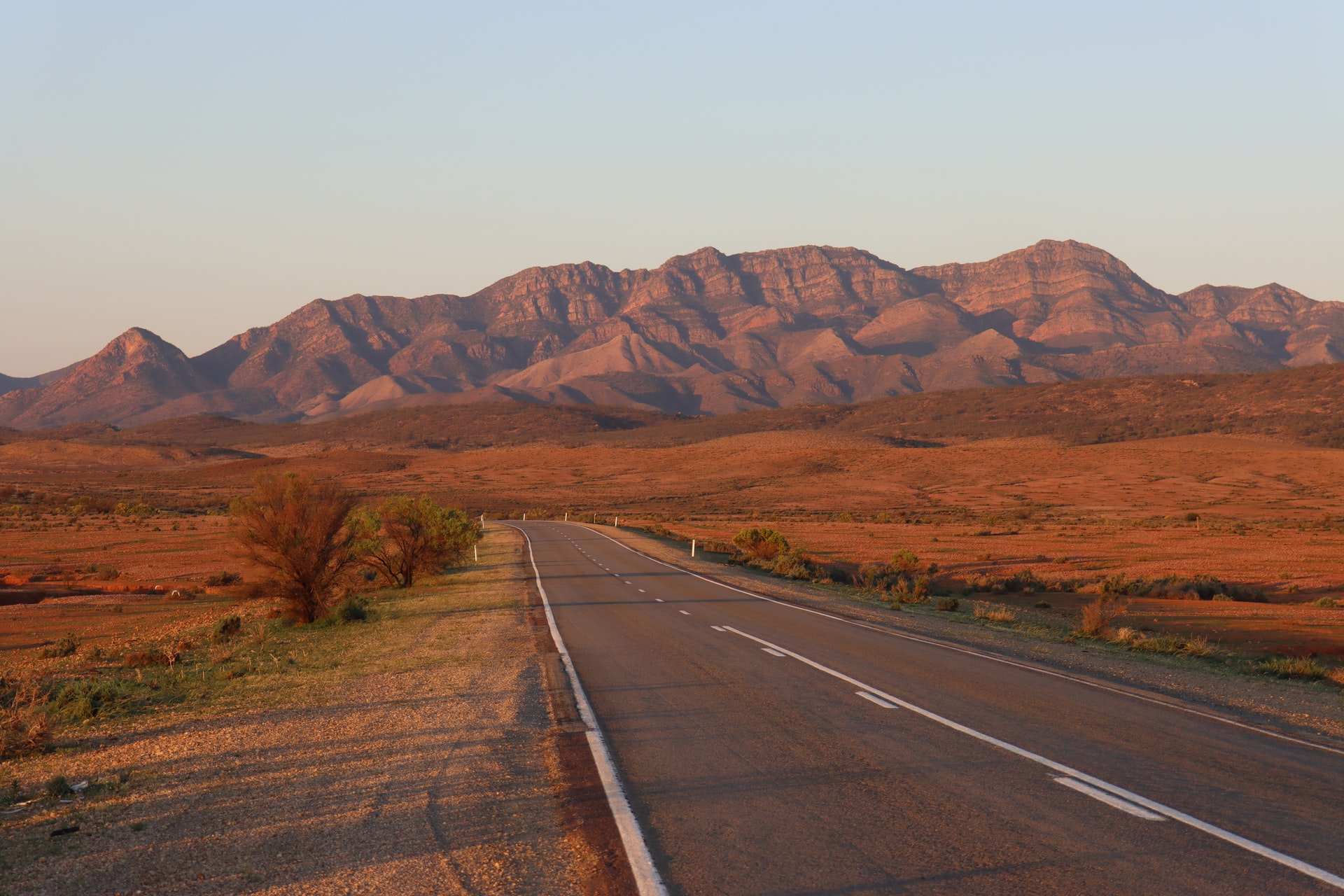
6. Camping in Australia
If you do hire a campervan in Australia then you will probably want to camp out to save money on accommodation. Rules vary from state to state in terms of camping, so do check before you decide to pull over and rest for the night. Obviously, pulling up on a random street in the big cities is a not an option. Best thing you can do is to download the WikiCamps app. It costs around $7(AUD) but will give you information on almost all campsites in Australia, including the free ones.
You will find that the further you head away from towns and cities, the easier it is to find cheap, or even free campsites. Always remember to respect the environment by taking any waste with you, and respect other campers by keeping the noise down. Some of the best national parks in Australia will have campsites available, but can be booked out in holiday season, so it is best to book in advance. If you are interested in renting a campervan, why not drop us a message to see what is available to rent and save big.

7. Don’t smuggle any fruit & vegetable
Australia is made up of six federal states and two main territories, including the Northern Territory and the ACT. Each state or territory is self governed, so much like when you travel internationally, they have their own rules and regulations on what you are allowed to take in and out of that state or territory. Most of the time you won’t have to worry about it, but do be mindful of it if you intend to cross any state lines.
It varies state by state and depending on where you are coming from, generally most fruit and vegetable are allowed, but there may be some exceptions. Also things like plants and even some animals are restricted. There are even bins at certain border crossings to dispose of your illegal contraband. If you are unsure just check with the border staff and you will be fine!
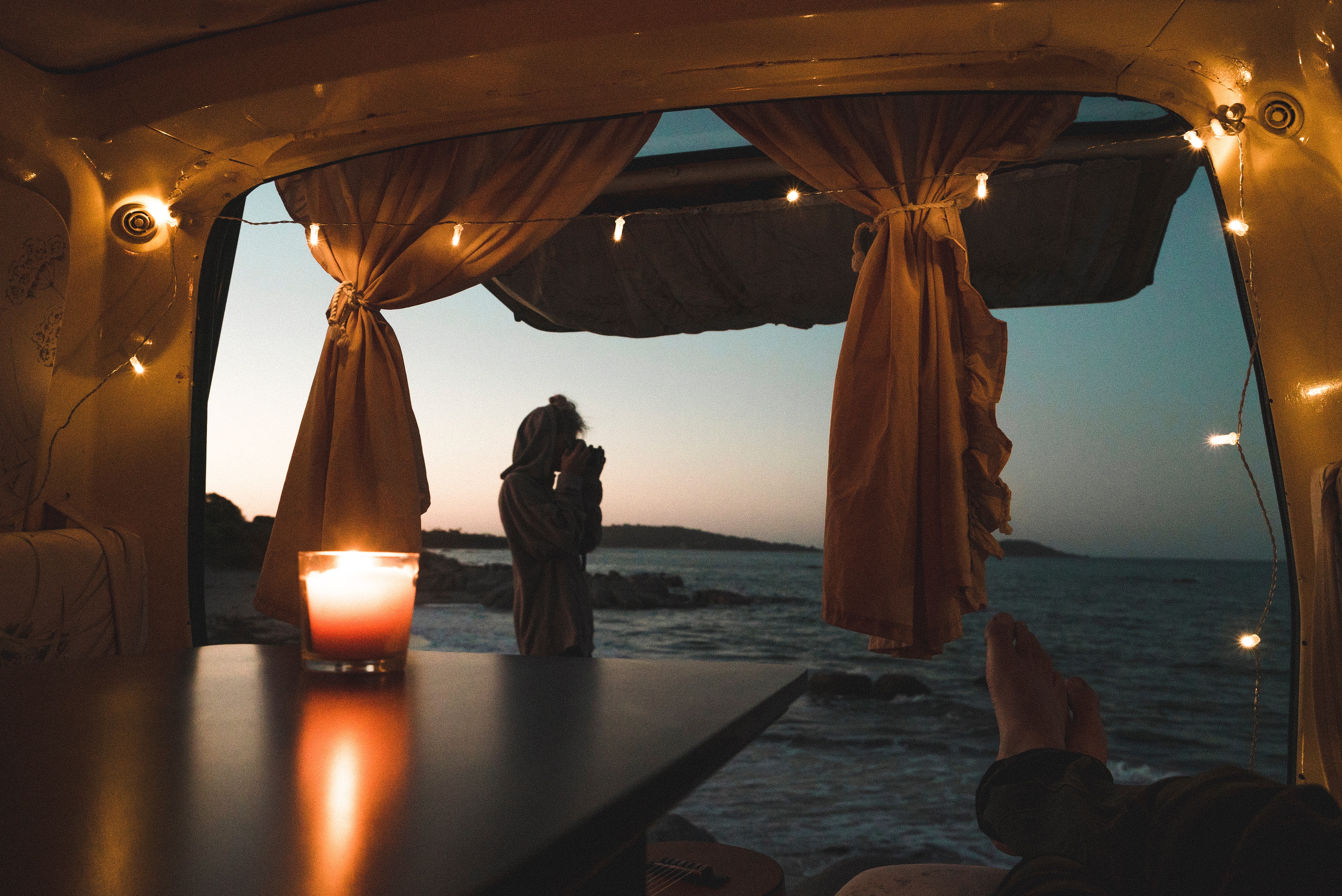
I hope this blog helps you to prepare you for your epic Aussie road trip. Down Under really is one of the best places in the world to roam freely on the open road. Remember, if you need any help planning your trip or to book a campervan then drop us a message and we will get back to you ASAP, all advice is free :)
Cheers

